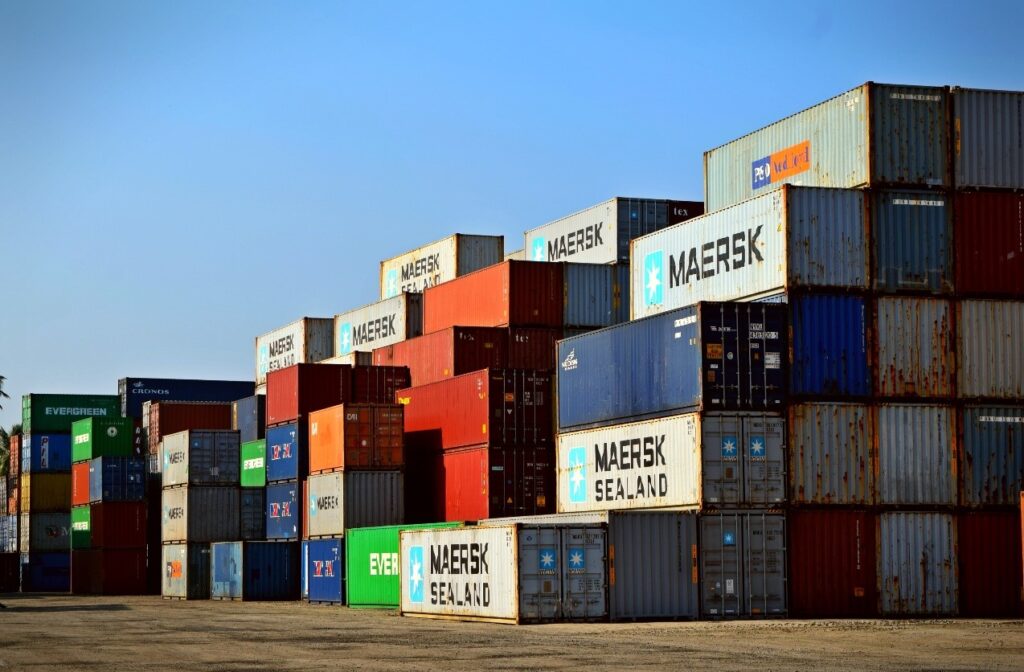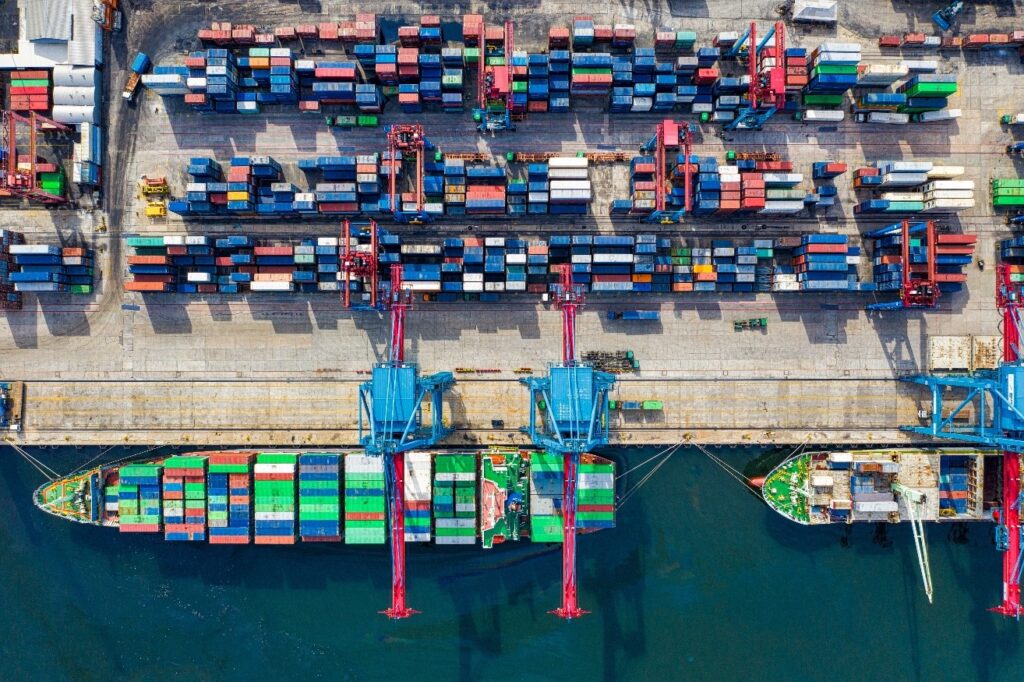Procurement is the process of product requisition between two companies or between a company and the government. The acquired product incorporates finished goods, raw materials, services, and processes from another source. Conventional procurement includes preparation of demands, processing of goods, and approval of payments. Procurement is based on two important processes- strategic sourcing and competitive bidding.

Strategic sourcing is another concept in procurement that integrates various activities to obtain goods and services on a large-scale. These activities include collection of data, analysis of expenditure, research of market trends, negotiation of prices, etc.
Competitive bidding is the process in which various tenders and service providers present their live bid. This phenomenon encourages fair competition, transparency, and equal opportunities for all suppliers to propose their bidding. Competitive bidding is usually employed by large companies who wish to procure products or services on a vast scale. This concept also benefits the company as they get more options to choose from within their decided budget.
Ongoing trends dominating the 2020 market
Electronic procurement or e-procurement is the upcoming trend in b2b product requisition. This process has gained momentum, especially during the COVID19 pandemic as all companies aim to make an online prominence. Digitalization is at an all-time high creating high amounts of competition within the internet procurement domain. Hence, companies are being forced to come up with new trends to facilitate e-procurement. Here are a few procurement trends that dominated the year 2020.
- Management of supplier relationships as the primary goal for achieving competency
- Considering value enhancement more important than price management
- Enhancing the value of products beyond cost savings
- Welcoming digital transformation in the procurement process
- Creating and implementing innovative strategies to ensure the success of supply chain
- Hiring additional workforce as a backup for dealing with business contingency
- Collaborating and establishing partnerships with external and internal sources for broadening the company’s identity and influence
- Incorporating supply chain as an important aspect while chalking out business strategies
- Prioritising company verticals like asset management, distribution and logistics
- Incorporating values like speed, efficiency, transparency, flexibility, integration, and collaboration into the company to tackle the growing competition
- Ensuring short lifecycle of products to adhere to the ongoing and ever-changing trends in the market
Conclusion
Procurement is the process of distribution of goods and services from one company to another. This type of requisition is also seen between companies and the government. Procurement forms a network of companies, enabling deeper buyer-supplier relationships. The process may seem simple from a superficial perspective but in reality, covers a wide range of responsibilities.

The COVID19 pandemic forced multiple companies to create and enhance their online presence. Businesses have been forced to adopt new strategies to stay relevant in the market. Various trends in the domain of procurement dominated the 2020 market. One of the most important trends seen among companies was adopting digitalization strategies, as e-procurement has gained tremendous momentum.
As the market continues to become more and more volatile, companies will continually have to come up with new ideas to sustain themselves in this new normal in the procurement world.